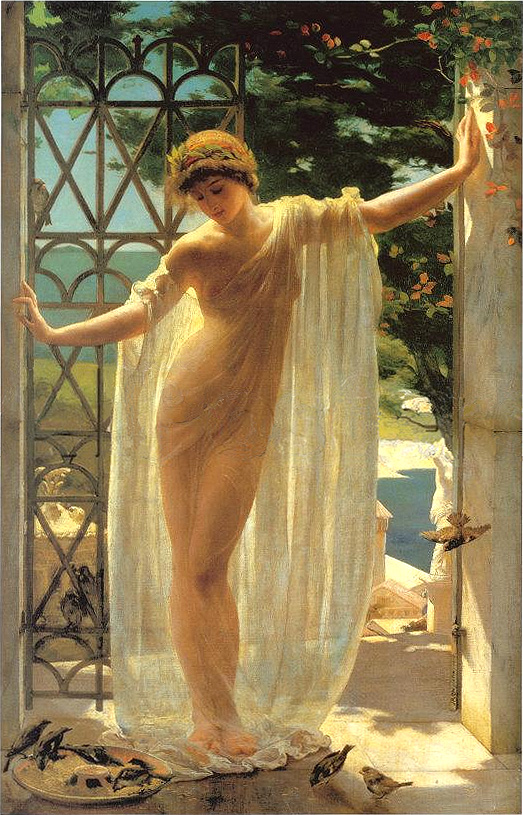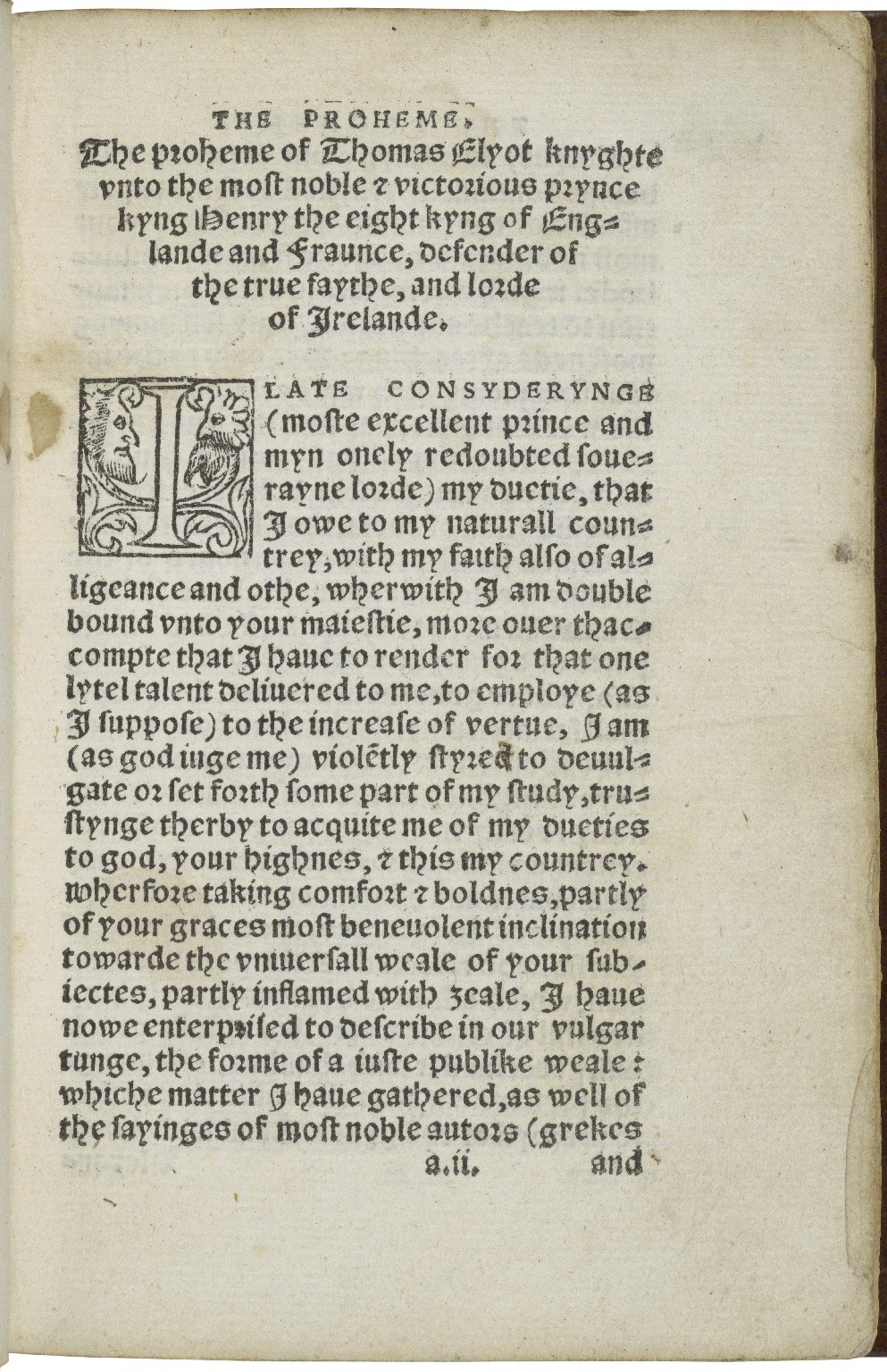|
Pasquil
A pasquinade or pasquil is a form of satire, usually an anonymous brief parody, lampoon in verse or prose, and can also be seen as a form of literary caricature. The genre became popular in early modern period, early modern Europe, in the 16th century, though the term had been used at least as early as the 4th century, as seen in Augustine of Hippo, Augustine's ''The City of God, City of God''. Pasquinades can take a number of literary forms, including song, epigram, and satire. Compared with other kinds of satire, the pasquinade tends to be less didactic and more aggressive, and is more often critical of specific persons or groups. The name "pasquinade" comes from ''Pasquino'', the nickname of a Hellenistic statue, the remains of a type now known as a ''Pasquino Group'', found in the River Tiber in Rome in 1501 – the first of a number of "talking statues of Rome" which have been used since the 16th century by locals to post anonymous political commentary. The verse pasquinade ... [...More Info...] [...Related Items...] OR: [Wikipedia] [Google] [Baidu] |
Pasquino
Pasquino or Pasquin (; Latin: ''Pasquinus, Pasquillus'') is the name used by Romans since the early modern period to describe a battered Hellenistic-style statue perhaps dating to the third century BC, which was unearthed in the Parione district of Rome in the fifteenth century. It is located in a piazza of the same name on the northwest corner of the Palazzo Braschi (Museo di Roma); near the site where it was unearthed. The statue is known as the first of the talking statues of Rome, because of the tradition of attaching anonymous criticisms to its base. The satirical literary form pasquinade (or "pasquil") takes its name from this tradition. The actual subject of the sculpture is '' Menelaus supporting the body of Patroclus'', and the subject, or the composition applied to other figures as in the Sperlonga sculptures, occurs a number of times in classical sculpture, where it is now known as a " Pasquino group". The actual identification of the sculptural subject was ma ... [...More Info...] [...Related Items...] OR: [Wikipedia] [Google] [Baidu] |
Giacomo Mazzocchi
Giacomo Mazzocchi, in Latin on his titlepages Jacobus Mazochius, (active 1505 — 1527) was a learned bookseller, printer, and noted antiquarian in papal Rome during the High Renaissance. A native of Bergamo, Mazzocchi is first heard of in 1505 as provider of finance for an edition of Vibius Sequester ''De fluminibus'' printed by J. Besicken of Rome. By 1509 Mazzocchi was himself in business as a printer. For humanists he might publish such scholarly works as the first printed repertory of Roman inscriptions, ''Epigrammata Antiquae Urbis'' (April 1521), a folio of some 3,000 inscriptions, mostly of epitaphs, in which his collaborator was the Florentine priest Francesco Albertini This work includes inscriptions ranging from Roman Republican times to the age of Justinian I and is illustrated with somewhat stylised woodcuts showing some of the buildings and monuments of Rome, such as the Pantheon, the Arch of Constantine and the Pyramid of Cestius. Mazzocchi's other books include L ... [...More Info...] [...Related Items...] OR: [Wikipedia] [Google] [Baidu] |
Catullus
Gaius Valerius Catullus (; ), known as Catullus (), was a Latin neoteric poet of the late Roman Republic. His surviving works remain widely read due to their popularity as teaching tools and because of their personal or sexual themes. Life Gāius Valerius Catullus was born to a leading equestrian family of Verona, in Cisalpine Gaul. The social prominence of the Catullus family allowed the father of Gaius Valerius to entertain Julius Caesar when he was the Promagistrate (proconsul) of both Gallic provinces. In a poem, Catullus describes his happy homecoming to the family villa at Sirmio, on Lake Garda, near Verona; he also owned a villa near the resort of Tibur (modern Tivoli). Catullus appears to have spent most of his young adult years in Rome. His friends there included the poets Licinius Calvus and Helvius Cinna, Quintus Hortensius (son of the orator and rival of Cicero), and the biographer Cornelius Nepos, to whom Catullus dedicated a '' libellus'' of poems, the ... [...More Info...] [...Related Items...] OR: [Wikipedia] [Google] [Baidu] |
Thomas Elyot
Sir Thomas Elyot (c. 149626 March 1546) was an English diplomat and scholar. He is best known as one of the first proponents of the use of the English language for literary purposes. Early life Thomas was the child of Sir Richard Elyot's first marriage with Alice De la Mare, but neither the date nor place of his birth is accurately known. Alice's first husband Thomas Dabridgecourt had died 10 Oct 1495 so this next marriage has to follow that date. Anthony Wood claimed him as an alumnus of St Mary Hall, Oxford, while C. H. Cooper in the ''Athenae Cantabrigienses'' put in a claim for Jesus College, Cambridge. Elyot himself says in the preface to his ''Dictionary'' that he was educated under the paternal roof, and was from the age of twelve his own tutor. He supplies, in the introduction to his ''Castel of Helth'', a list of the authors he had read in philosophy and medicine, adding that a "worshipful physician" ( Thomas Linacre) read to him from Galen and some other authors ... [...More Info...] [...Related Items...] OR: [Wikipedia] [Google] [Baidu] |
Stanisław Orzechowski
Stanisław Orzechowski, also known among others as Stanisław Orżechowski Roxolan, Stanislaus Orichovius Polonus, Stanislaus Orichovius Ruthenus,Orzechowski, Stanisław Okszyc (1513-1566). (Nazwa osobowa) // Biblioteka Uniwersytet Kardynała Stefana Wyszyńskiego, 2019 Stanislaus Okszyc Orzechowski Roxolanus, Stanislas Orzechowski and Stanislaus Orzechowski (1513–1566) was a Polish- Ruthenian political writer. The son of a |
Andrzej Krzycki
Andrzej Krzycki of the Kotwicz coat of arms (also known as Andreas Cricius in Latin; 7 July 1482 – 10 May 1537) was a Renaissance Polish writer and archbishop. Krzycki wrote in prose in Latin and poetry in Polish. He is often considered one of Poland's greatest humanist writers. Biography Krzycki was born on 7 July 1482 in the village of Krzycko Małe to Mikołaj Tomicki and Anna Tomicka, the latter being the sister of Bishop Piotr Tomicki. He studied rhetoric, clerical, and civil law at the University of Bologna under prominent humanists, and started a career in church hierarchy in 1501. In 1512, Barbara Zapolya married King Sigismund I the Old. Krzycki wrote a verse to commemorate this marriage, and became Zapolya's secretary the same year. When the king won the victory at the Battle of Orsha, Krzycki once again wrote a poem, and sent verses purporting to be from the queen to her absent husband after the model of Ovid's ''Epistolae Heroidum''; these, in a letter to Krzyck ... [...More Info...] [...Related Items...] OR: [Wikipedia] [Google] [Baidu] |
Mellin De Saint-Gelais
Mellin de Saint-Gelais (or ''Melin de Saint-Gelays'' or ''Sainct-Gelais''; c. 1491 – October 1558) was a French poet of the Renaissance and Poet Laureate of Francis I of France. Life He was born at Angoulême, most likely the natural son of Jean de Saint-Gelais, marquis de Montlieu, a member of the Angoumois gentry. His forename was the French-Norman malapropism of the British wizard Merlin featured in Arthurian legends. He was close to his uncle Octavien de Saint-Gelais (1466–1502), bishop of Angoulême since 1494, himself a poet who had translated the ''Aeneid'' into French. Mellin, who had studied at Bologna and Padua, had the reputation of being doctor, astrologer and musician as well as poet. He returned to France around 1523, and soon gained favour at the court of the art-loving Valois ruler Francis I by his skill in light verse. He was made almoner to the Dauphin, abbot of Reclus in the diocese of Troyes and librarian to the king at Blois. He enjo ... [...More Info...] [...Related Items...] OR: [Wikipedia] [Google] [Baidu] |
Clément Marot
Clément Marot (23 November 1496 – 12 September 1544) was a French Renaissance poet. He was influenced by the writers of the late 15th century and paved the way for the Pléiade, and is undoubtedly the most important poet at the court of Francis I. Despite the support of Marguerite de Valois-Angoulême (1492-1549), the king’s sister, his strong leanings toward the Reformation led to several imprisonments and two periods of exile. Biography Youth Marot was born at Cahors, the capital of the province of Quercy, some time during the winter of 1496–1497. His father, Jean Marot (c. 1463-1523), whose more correct name appears to have been des Mares, Marais or Marets, was a Norman from the Caen region and was also a poet. Jean held the post of ''escripvain'' (a cross between poet laureate and historiographer) to Anne of Brittany, Queen of France. Clément was the child of his second wife. The boy was "brought into France" — it is his own expression, and is not ... [...More Info...] [...Related Items...] OR: [Wikipedia] [Google] [Baidu] |
Pietro Aretino
Pietro Aretino (, ; 19 or 20 April 1492 – 21 October 1556) was an Italian author, playwright, poet, satire, satirist and blackmailer, who wielded influence on contemporary art and politics. He was one of the most influential writers of his time and an outspoken critic of the powerful. He gained prominence through his politically charged writings and biting satire, which targeted powerful figures, including monarchs and popes. His works spanned various genres, including poetry, drama, and religious commentary, but he is particularly noted for his Parody, lampoons and erotic literature. Owing to his communications and sympathies with Reformation, religious reformers, he is considered to have been a Nicodemite Protestantism, Protestant. Aretino was a good friend and publicist of the Venetian artist Titian, who painted his portrait three times. Aretino is also remembered for an exchange of letters he had with Michelangelo concerning the latter's fresco ''The Last Judgment (Michel ... [...More Info...] [...Related Items...] OR: [Wikipedia] [Google] [Baidu] |
Marforio
Marphurius or Marforio (; Medieval , ) is one of the talking statues of Rome. Marforio maintained a friendly rivalry with his most prominent rival, Pasquin. As at the other five "talking statues", pasquinades—irreverent satires poking fun at public figures—were posted beside Marforio in the 16th and 17th centuries. The statue and its location Marforio is a large 1st century Roman marble sculpture of a reclining bearded river god or Oceanus, which in the past has been variously identified as a depiction of Jupiter, Neptune, or the Tiber. It was the humanist and antiquarian Andrea Fulvio who first identified it as a river god, in 1527. The ''Marfoi'' was a landmark in Rome from the late 12th century. Poggio Bracciolini wrote of it as one of the sculptures surviving from Antiquity, and in the early 16th century it was still near the Arch of Septimius Severus, where the various authors reported it. The origin of its name is a matter of some debate. It was discovered with a ... [...More Info...] [...Related Items...] OR: [Wikipedia] [Google] [Baidu] |
Caelius Secundus Curio
Celio Secondo Curione (1 May 1503, in Cirié – 24 November 1569, in Basel) (usual Latin form Caelius Secundus Curio) was an Italian Renaissance humanism, humanist, grammarian, editor and historian, who exercised a considerable influence upon the Italian Reformation. A teacher in Humanities, university professor and preceptor to the nobility, he had a lively and colourful career, moving frequently between states to avoid denunciation and imprisonment: he was successively at Turin, Milan, Pavia, Venice and Lucca, before becoming a religious exile in Switzerland, first at Lausanne and finally at Basel, where he settled. He was famous and admired as a publisher and editor of works of theology and history, also for his own writings and teachings, and for the wide sphere of his friendships and correspondence with many of the most interesting reformists, Protestants and heretics of his time, though his energetic influence was at times disruptive. The imputation of antitrinitarianism is ... [...More Info...] [...Related Items...] OR: [Wikipedia] [Google] [Baidu] |




